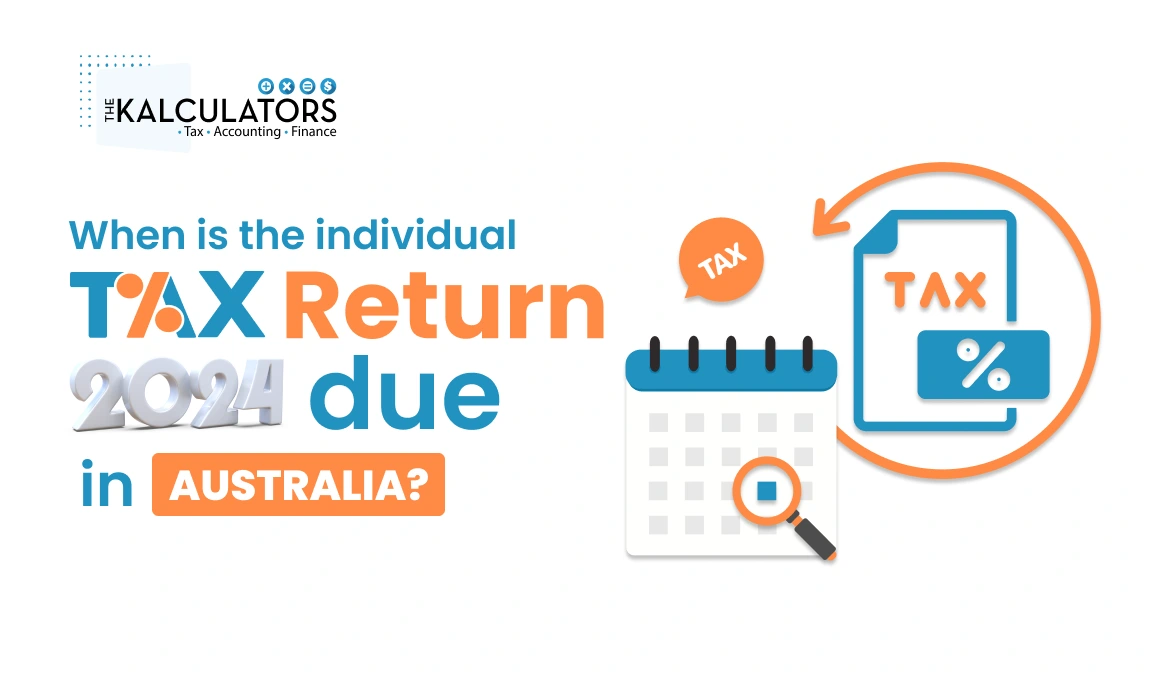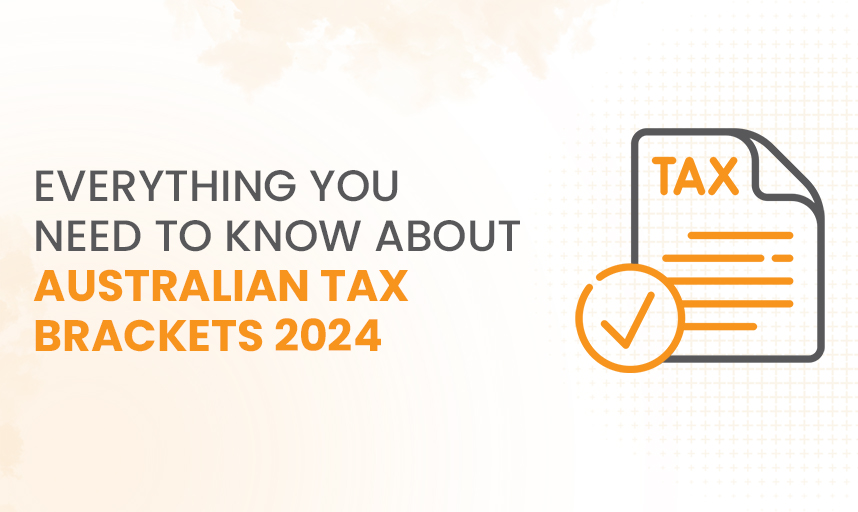How to Maximize Your Australian Tax Refund with Expert Advice
How to Maximize Your Australian Tax Refund with Expert Advice
Blog Article
Making Uses Of a Tax Return: Unlocking Potential Savings and Making Certain a Larger Tax Obligation Reimbursement
The tax return serves as an essential tool for individuals looking for to enhance their financial end results, using numerous avenues for prospective savings and boosted reimbursements. The complexities of tax guidelines and the ever-evolving landscape of tax obligation regulation require a complete understanding of readily available alternatives.
Recognizing Tax Obligation Reductions
Numerous taxpayers may discover themselves bewildered by the intricacies of tax obligation deductions, yet understanding these crucial elements is crucial for taking full advantage of potential cost savings. Tax reductions lower gross income, therefore lowering the overall tax responsibility for services and people. Familiarizing oneself with the various kinds of reductions readily available can significantly enhance one's capacity to optimize income tax return.
Deductions can be categorized into common and itemized deductions. The basic reduction gives a set decrease in gross income, while itemized reductions enable taxpayers to identify details costs, such as home loan interest, state tax obligations, and philanthropic payments. Taxpayers should examine which choice yields the biggest benefit, as choosing the suitable deduction method can bring about significant cost savings.
Additionally, it is very important to keep precise documents of insurance deductible expenses throughout the tax year. This method not only promotes the prep work of income tax return but also guarantees conformity with IRS demands. Taxpayers ought to additionally stay informed regarding modifications in tax obligation regulations that might affect qualified reductions, as these can differ each year. By effectively passing through the landscape of tax reductions, people can reveal the possibility for an extra favorable tax result and protected better financial benefits.
Discovering Tax Credit Scores
Tax credit ratings stand for another remarkable avenue for taxpayers to lower their total tax responsibility, matching the advantages acquired from deductions. Unlike deductions, which reduced gross income, tax credit scores offer a dollar-for-dollar decrease of the real tax obligation owed. This distinction makes tax credit ratings particularly beneficial for individuals looking for to optimize their financial savings.
There are two primary kinds of tax obligation credit reports: refundable and nonrefundable. Nonrefundable credit reports can reduce your tax obligation obligation to absolutely no yet not listed below that amount, while refundable credit histories can cause a refund if the credit ratings go beyond the tax obligation owed. Instances of commonly declared tax obligation debts consist of the Earned Income Tax Obligation Debt (EITC), the Youngster Tax Credit rating, and education-related credit scores like the American Chance Debt.
Qualification requirements for these credit ratings can differ significantly, frequently based upon income, filing condition, and specific situations. Taxpayers should extensively evaluate the criteria related to each credit to determine they declare all benefits for which they certify. By tactically making use of offered tax obligation credit scores, individuals can enhance their tax returns, inevitably resulting in significant financial savings and possibly bigger refunds.

Investing Your Refund Sensibly
Receiving a Tax refund can feel like a financial windfall, however how that cash is made use of can exceptionally impact long-lasting economic health. As opposed to watching your refund as disposable earnings, consider it a chance to purchase your future.

One effective choice is adding to a Private Retired Life Account (INDIVIDUAL RETIREMENT ACCOUNT) This can enhance your retired life savings while potentially yielding tax benefits. Spending in a diversified supply profile can offer considerable growth possibility over time, allowing your reimbursement to work for you in the market.
Furthermore, think about using your reimbursement to pay for high-interest debt, such as debt card balances. company website Lowering financial debt can boost your economic standing and alleviate stress and anxiety, ultimately allowing you to designate more funds toward investments in the future.
For those concentrated on education and learning, utilizing your reimbursement for a 529 college financial savings strategy can assist protect a brighter future for on your own or your kids.
Planning for Future Expenditures
Very carefully intending for future costs is important for preserving financial stability and accomplishing lasting objectives. A well-structured monetary plan enables individuals to designate sources efficiently, making certain that upcoming prices do not interrupt their financial health. Tax obligation returns can provide a beneficial structure for this planning procedure.
Using the refund as a springboard, individuals can identify and prioritize significant future costs, such as home repair services, education expenses, or health care demands. Establishing a budget that incorporates these expected costs enables a proactive method, lessening the chance of economic stress when the time concerns resolve them.
Furthermore, reserving funds from your tax obligation reimbursement into devoted financial savings accounts can enhance the efficiency of your planning. Australian Tax return online. Take into consideration developing an emergency situation fund specifically for unanticipated expenditures, guaranteeing that you are prepared for unanticipated situations without thwarting your economic objectives
Common Blunders to Stay Clear Of
Numerous individuals make important blunders when handling their tax obligation go to this site returns that can weaken their monetary planning initiatives. Inadequate documentation can lead to missed reductions, resulting in a reduced refund or higher tax obligation.
One more frequent mistake is overlooking to review tax regulation adjustments. Tax regulations can develop each year, and lack of knowledge of these changes might result in missed out on chances for tax credits or deductions. Additionally, several taxpayers ignore qualified reductions, such as those for clinical expenditures or instructional prices.

Declaring tax obligations prematurely or too late can likewise be damaging. Early filers might lose out on last-minute tax breaks, while late filers take the chance of charges and passion.
Moreover, not seeking expert help when required can cause pricey errors. Tax obligation specialists can supply beneficial understandings, making certain conformity and taking full advantage of prospective savings.
Lastly, hurrying with the return can cause easy math blunders or ignored forms. Making the effort to double-check all entries is essential aarp tax prep near me for an effective tax obligation return result.
Final Thought
To summarize, the critical utilization of income tax return functions as an essential mechanism for maximizing financial benefits. By extensively recognizing and using credit scores and reductions, individuals can substantially decrease gross income and improve refund quantities. Additionally, sensible financial investment of refunds and efficient planning for future expenditures add to long-lasting financial security. Understanding of usual pitfalls can additionally enhance the tax process, eventually encouraging taxpayers to leverage their returns for an extra secure monetary future.
Tax obligation credit scores represent another significant opportunity for taxpayers to minimize their total tax obligation, enhancing the advantages got from reductions. Unlike deductions, which reduced taxable earnings, tax obligation credit scores provide a dollar-for-dollar reduction of the real tax obligation owed. Nonrefundable credit scores can decrease your tax obligation to no however not below that quantity, while refundable credit scores can result in a reimbursement if the credits go beyond the tax owed. Examples of generally declared tax obligation credit scores consist of the Earned Income Tax Credit Score (EITC), the Kid Tax Obligation Credit rating, and education-related debts like the American Chance Credit Rating.
Tax regulations can advance every year, and ignorance of these changes might result in missed out on opportunities for tax credits or deductions. - Australian Tax return online
Report this page